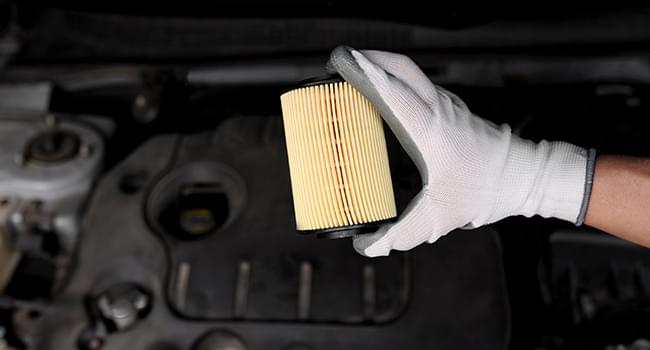
In 2022, fibre-based nonwovens will consume 6.5 million tonnes or 139.4 billion m2, valued at $28.7 billion. In 2022, polymer-based nonwovens will consume 6.6 million tonnes or 232.0 billion m2, valued at $27.0 billion. Basis weight for fibre-based nonwovens are projected to increase in 2025–27, as fibrebased nonwovens begin to replace some polymer-based products.
This report examines how fibre-based and polymer-based nonwovens compete for market share. With changing regulations around the use of plastic, the nonwoven industry is not exempt from changing expectations. While fibre-based nonwovens have enjoyed increased attention due to their potential to provide plastics free or reduced plastics products, the current installed production base as well as needed product development will prevent these products from making major market share inroads before 2027.
Our exclusive content
What will you discover?
Fibre/polymer-composite-based nonwovens are the least discussed segment of the nonwovens industry. These include coform, a blend of spunlaid polypropylene with wood pulp fibres; several spunlace variants, like SP/SPS (hydroentangled spunbond/pulp), CSC (carded/spunbond/carded), and SPC (spunbond/carded/pulp); and a few others like Arvelle (spunlaid polypropylene and wood pulp) and Phantom (spunlaid/airlaid).
The Smithers methodology
This report is based on extensive primary and secondary research. Primary research consisted of targeted interviews with material suppliers, converters and experts drawn from key markets. This was supported by secondary research in the form of extensive literature analysis of published data, official government statistics, domestic and international trade organisation data, company websites, industry reports, trade press articles, presentations, and attendance at trade events.
Who should buy the report?
About the author
Phil Mango has spent almost 40 years in the nonwovens industry. He has had varying positions and areas of expertise within the industry, from applications management for the global leader in nonwoven binders to technology director for the world’s largest airlaid producer, to founder, owner and head of operations for his own nonwovens company. He entered the consulting field in 2003 and has authored more than 35 reports for Smithers.
This report examines how fibre-based and polymer-based nonwovens compete for market share. With changing regulations around the use of plastic, the nonwoven industry is not exempt from changing expectations. While fibre-based nonwovens have enjoyed increased attention due to their potential to provide plastics free or reduced plastics products, the current installed production base as well as needed product development will prevent these products from making major market share inroads before 2027.
Our exclusive content
- The search for an alternative to polypropylene is underway in 2022, but polymer-based nonwovens lag behind fibre-based products, especially in developing acceptable plastics-free nonwovens (or an acceptable alternative)
- Polymer-based nonwovens in 2020 have a huge installed capacity base, have one of the simplest learning curves and most trouble-free equipment of all nonwoven processes, as well as products for some segments with no widely acceptable current fibre-based alternative
- Polymer-based nonwovens should remain competitive through 2027, while producers, suppliers and end-users evaluate alternative sustainable materials, such as polyhydroxyalkanoates, polyhydroxyalkanoates/polylactic acid blends, recycled polypropylene and even spunlaid cellulose.
What will you discover?
Fibre/polymer-composite-based nonwovens are the least discussed segment of the nonwovens industry. These include coform, a blend of spunlaid polypropylene with wood pulp fibres; several spunlace variants, like SP/SPS (hydroentangled spunbond/pulp), CSC (carded/spunbond/carded), and SPC (spunbond/carded/pulp); and a few others like Arvelle (spunlaid polypropylene and wood pulp) and Phantom (spunlaid/airlaid).
The Smithers methodology
This report is based on extensive primary and secondary research. Primary research consisted of targeted interviews with material suppliers, converters and experts drawn from key markets. This was supported by secondary research in the form of extensive literature analysis of published data, official government statistics, domestic and international trade organisation data, company websites, industry reports, trade press articles, presentations, and attendance at trade events.
Who should buy the report?
- Raw material suppliers and producers
- Machinery and equipment suppliers
- Nonwoven manufacturers
- Industry consultant and analysts
About the author
Phil Mango has spent almost 40 years in the nonwovens industry. He has had varying positions and areas of expertise within the industry, from applications management for the global leader in nonwoven binders to technology director for the world’s largest airlaid producer, to founder, owner and head of operations for his own nonwovens company. He entered the consulting field in 2003 and has authored more than 35 reports for Smithers.
Name The Future of Fibre vs Polymer Nonwovens to 2027
Date 9/26/2022
Price $6750.00


